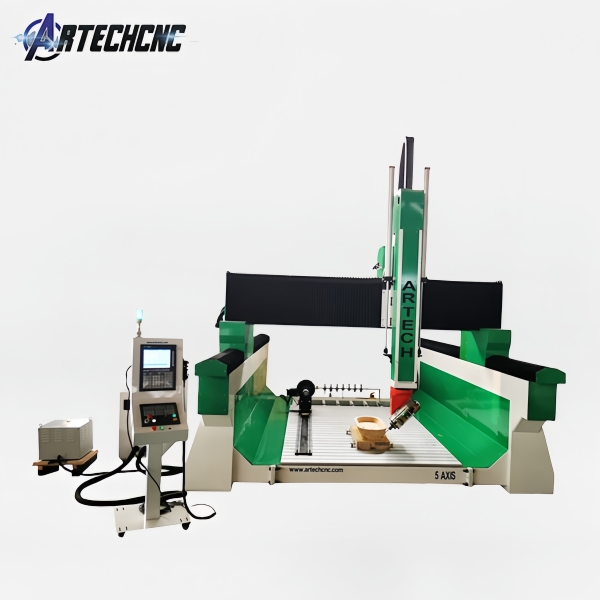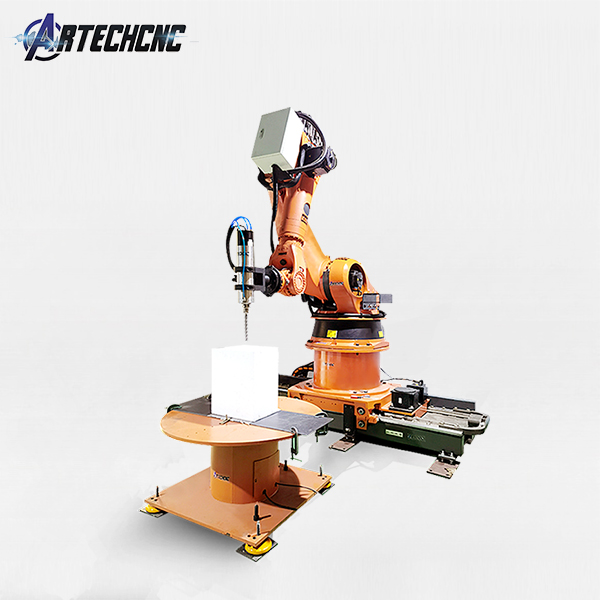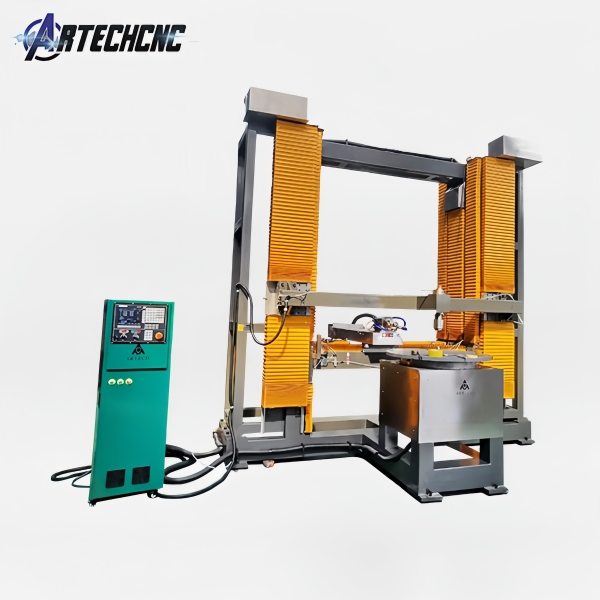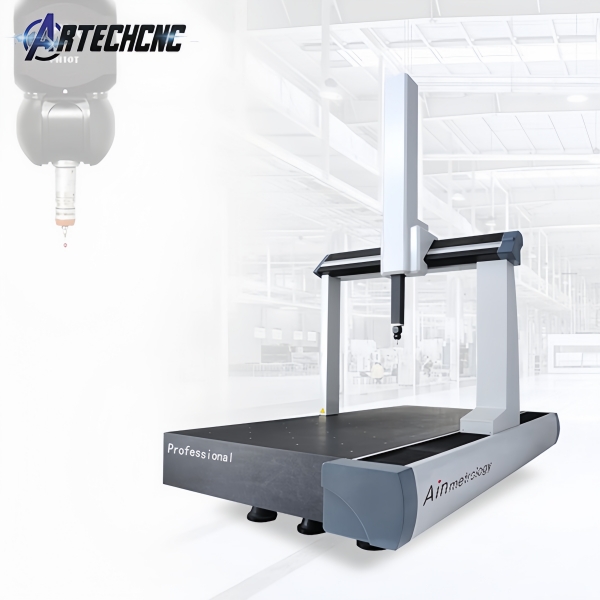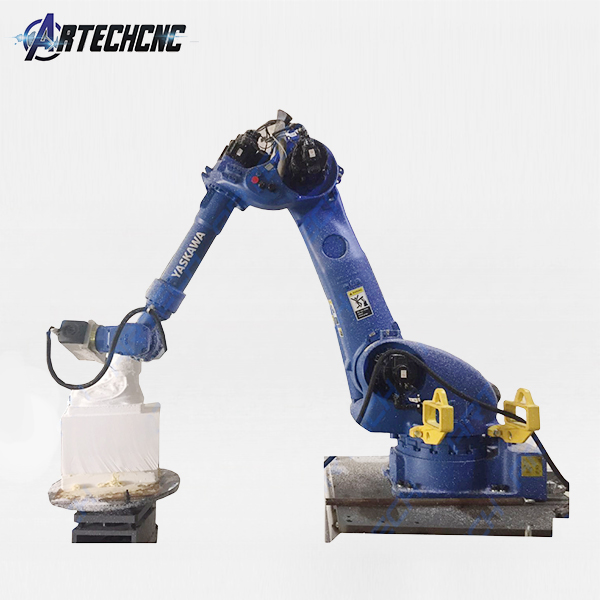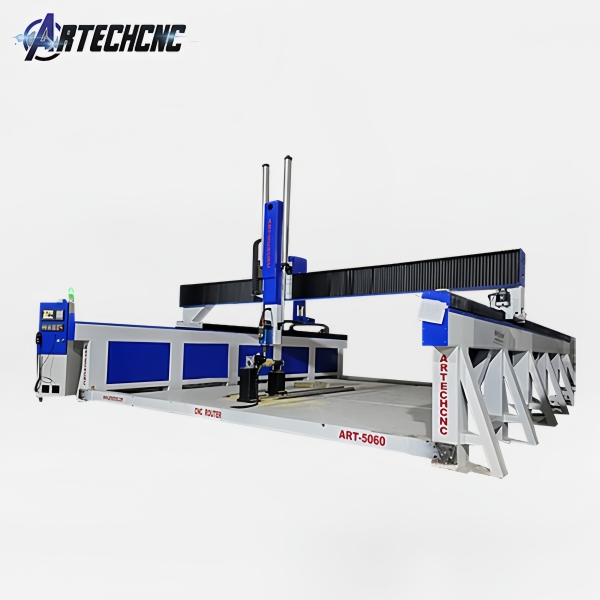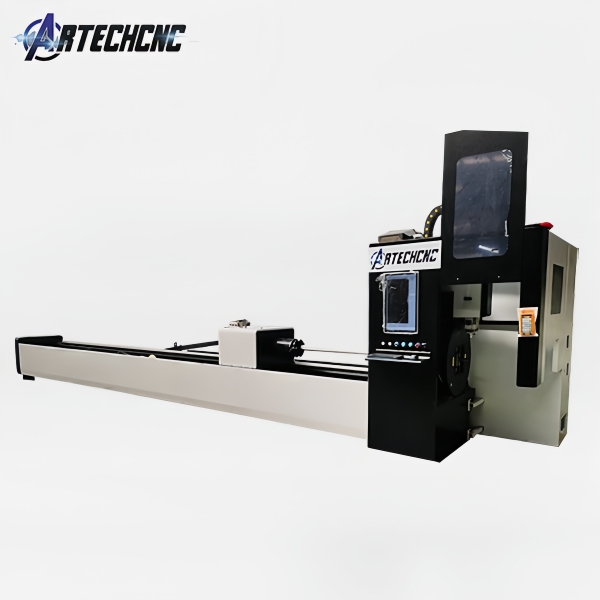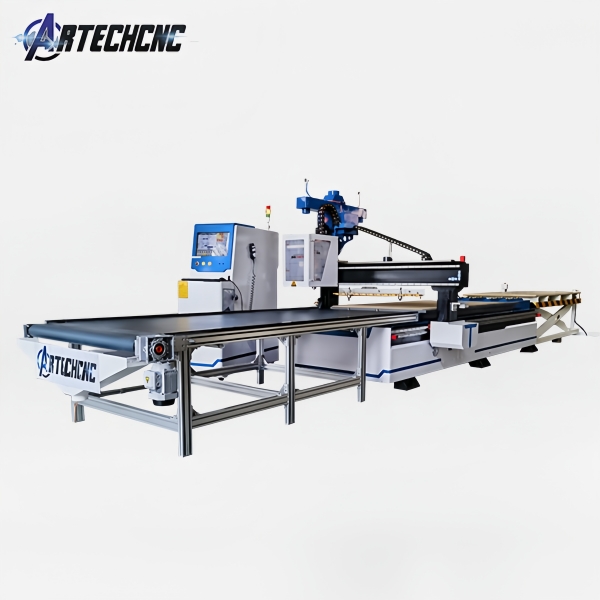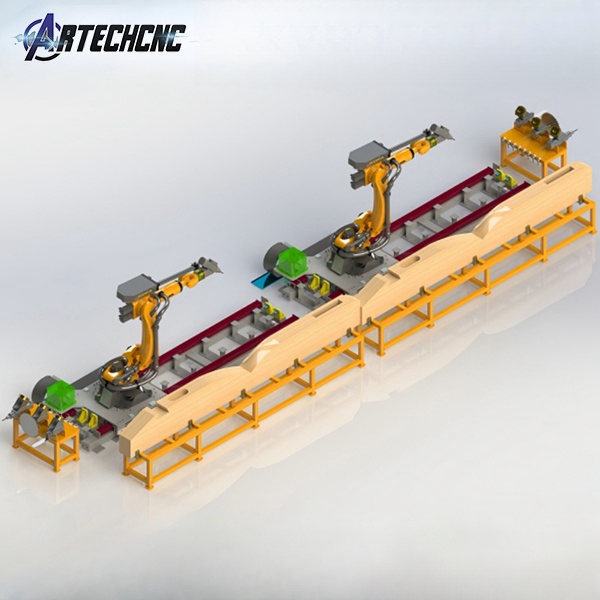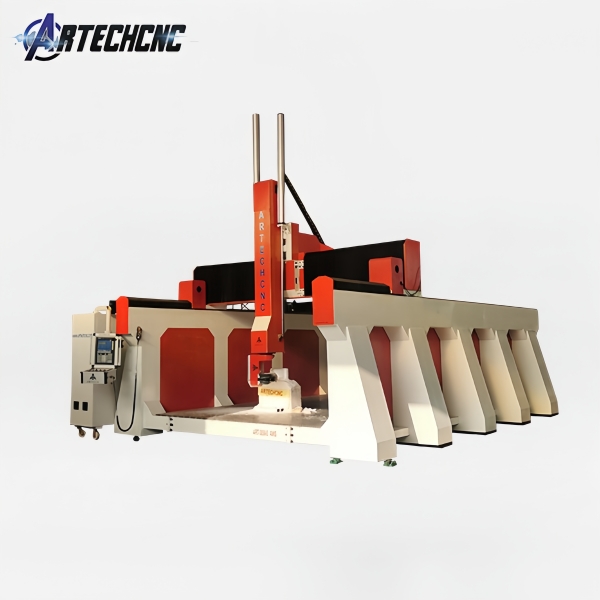Comprehensive Guide to Jogging Functions on Robotic Teach Pendants with Milling Robot Applications
Introduction to Teach Pendant Jogging in Industrial Robotics
In modern manufacturing environments, robotic teach pendants serve as the primary interface between human operators and industrial robots. The jogging function represents one of the most fundamental yet critical capabilities of these handheld control devices, particularly in precision applications like milling robot operations. This 4000-word guide will explore the technical aspects, operational methodologies, and specialized applications of teach pendant jogging, with particular emphasis on milling robot implementations.
The Critical Role of Jogging in Robotic Programming
Jogging refers to the controlled, incremental movement of a robot's axes through manual commands from the teach pendant. This function enables operators to:
Precisely position robotic arms for programming waypoints
Align tools with workpieces in milling operations
Verify motion paths before full-speed execution
Perform maintenance and calibration procedures
For milling robots, which require exceptional positioning accuracy often within micrometer tolerances, the jogging function becomes even more crucial. The ability to make minute adjustments to a milling robot's position directly impacts machining quality, surface finish, and tool life.
Section 1: Technical Fundamentals of Teach Pendant Jogging
1.1 Hardware Components Enabling Jogging Functions
Modern industrial teach pendants designed for milling robot applications incorporate several specialized components to facilitate precise jogging control:
Dedicated Jogging Interface Elements:
Multi-axis joystick (8-directional with variable sensitivity)
Rotary encoder wheel for micro-adjustments
Dedicated axis selection buttons
Force feedback mechanisms (in advanced models)
Visual Feedback Systems:
High-resolution color displays showing real-time position data
3D robot model visualization
Coordinate system overlays
Collision avoidance warnings
Safety Systems:
Dual-channel enabling circuits
Three-position enabling switch
Emergency stop button with mechanical latch
Deadman switch functionality
1.2 Jogging Modes and Their Applications in Milling
Milling robot operators can typically select from several jogging modes depending on their specific needs:
Joint Jogging Mode:
Moves individual robot joints independently
Essential for singularity avoidance in complex milling paths
Used for initial robot positioning and maintenance
Cartesian Jogging Mode:
Moves tool center point (TCP) along X/Y/Z axes
Critical for milling robot setup and path verification
Maintains tool orientation during movement
Tool Jogging Mode:
Adjusts TCP relative to tool orientation
Vital for milling robot tool calibration
Enables fine adjustments during machining operations
User Frame Jogging:
Moves robot relative to workpiece coordinates
Essential for milling robot workcell setup
Allows precise alignment with fixtures and jigs
Section 2: Jogging Applications in Milling Robot Programming
2.1 Teaching Milling Paths Using Jogging Functions
The process of programming a milling robot path typically involves:
Initial Positioning:
Using joint jogging to bring robot to approximate start position
Switching to cartesian jogging for fine TCP positioning
Waypoint Teaching:
Jogging to each critical point in the milling path
Recording positions with precision down to 0.01mm
Verifying tool orientation at each point
Path Verification:
Slow-motion jogging through programmed path
Checking for potential collisions or singularities
Making micro-adjustments as needed
For complex 3D milling operations, operators may use the jog wheel for ultra-precise movements, often achieving positioning resolutions of 0.001mm in high-end milling robot systems.
2.2 Jogging for Milling Robot Calibration
Regular calibration is essential for maintaining milling robot accuracy. Key calibration procedures using jogging include:
Tool Center Point Calibration:
Jogging robot to multiple calibration points
Measuring actual vs. programmed positions
Updating robot kinematic parameters
Workpiece Registration:
Jogging to locate reference points on fixtures
Establishing precise workpiece coordinate systems
Verifying alignment before machining
Force Sensor Calibration:
Jogging through predefined test paths
Recording force/torque sensor outputs
Adjusting compliance parameters
Section 3: Advanced Jogging Techniques for Milling Robots
3.1 Precision Jogging Methods
Experienced milling robot programmers employ specialized jogging techniques:
Incremental Jogging:
Setting fixed step sizes (e.g., 0.01mm per jog command)
Ideal for final tool positioning before machining
Guarded Motion:
Jogging with active collision detection enabled
Automatically reduces speed near obstacles
Essential for crowded milling workcells
Coordinated Jogging:
Synchronized movement of multiple axes
Maintains tool orientation during adjustments
Critical for 5-axis milling operations
3.2 Jogging in Automated Milling Cells
Modern milling robot systems integrate jogging functions with:
Machine Vision Systems:
Automatic detection of workpiece positions
Jogging to suggested approach points
Visual verification of tool paths
Force Feedback Integration:
Adjusting jogging sensitivity based on cutting forces
Automatic retraction when excessive force detected
Adaptive path correction during teaching
Digital Twin Synchronization:
Virtual jogging in simulation environment
Real-world position mirroring
Collision testing before physical movement
Section 4: Safety Considerations for Jogging Milling Robots
4.1 Establishing Safe Jogging Practices
When operating milling robots, specific safety protocols apply:
Speed Limitations:
Reduced maximum jog speeds near workpieces
Progressive speed scaling based on distance to obstacles
Automatic speed reduction in force-controlled jogging
Workspace Monitoring:
3D zone protection during jogging operations
Safe orientation maintenance algorithms
Tool length compensation in collision avoidance
Operator Training Requirements:
Certification for milling robot jogging operations
Emergency procedure drills
Regular refresher courses on new features
4.2 Safety Systems Integration
Modern milling robot teach pendants incorporate multiple safety systems:
Two-Hand Operation:
Requiring both hands for certain jogging functions
Preventing accidental activation
Speed Supervision:
Automatically limiting jog speed based on:
Proximity to obstacles
Tool sharpness
Workpiece material
Position Soft Limits:
Preventing jogging into restricted zones
Maintaining safe distances from fixtures
Protecting sensitive tooling
Section 5: Future Developments in Jogging Technology
5.1 Emerging Jogging Interface Technologies
The future of milling robot jogging includes:
Haptic Feedback Systems:
Tactile resistance when approaching obstacles
Vibration alerts for limit warnings
Force feedback during compliant motions
Augmented Reality Interfaces:
AR overlays showing jogging paths
Virtual guides for optimal positioning
Real-time machining previews
Voice-Controlled Jogging:
Hands-free axis selection
Verbal speed adjustments
Natural language commands
5.2 AI-Enhanced Jogging Functions
Artificial intelligence is transforming milling robot jogging:
Predictive Positioning:
Suggesting optimal jog paths based on machining history
Learning operator preferences over time
Automating repetitive jogging sequences
Adaptive Sensitivity:
Automatically adjusting jog increments based on:
Required precision
Current operation phase
Tool characteristics
Automatic Collision Avoidance:
Real-time path adjustment during jogging
3D workspace monitoring
Alternative path suggestions
Conclusion: The Essential Role of Jogging in Milling Robot Operations
The humble jogging function remains one of the most vital tools in robotic milling applications. From initial setup to final quality verification, precise manual control through the teach pendant enables the micron-level accuracy required in modern machining operations. As milling robot technology advances, jogging functions continue to evolve - becoming more intelligent, more intuitive, and more integrated with other smart manufacturing systems.

